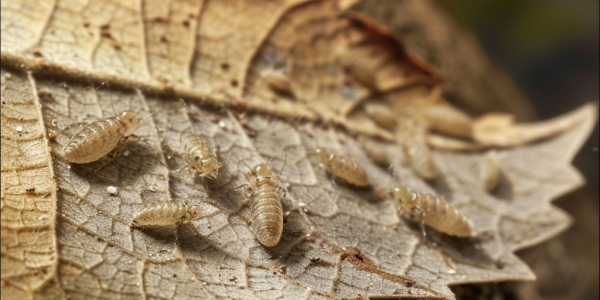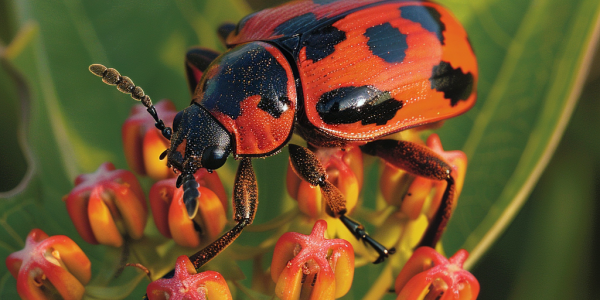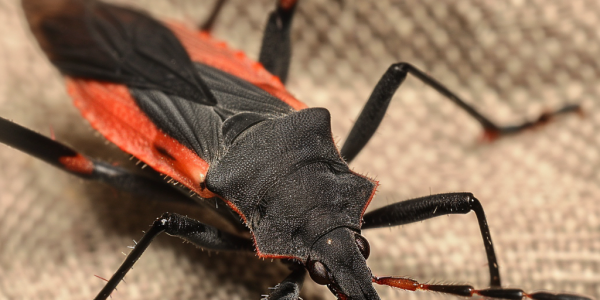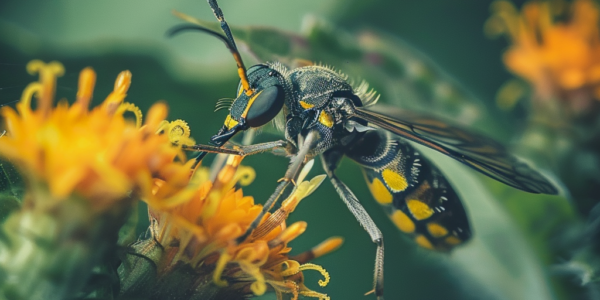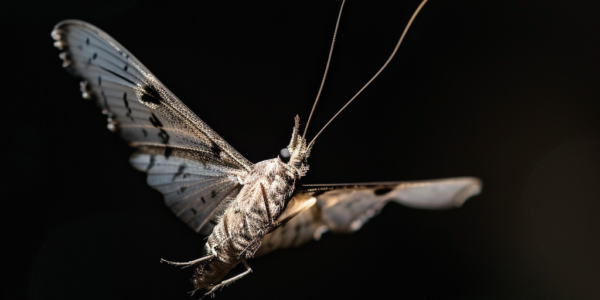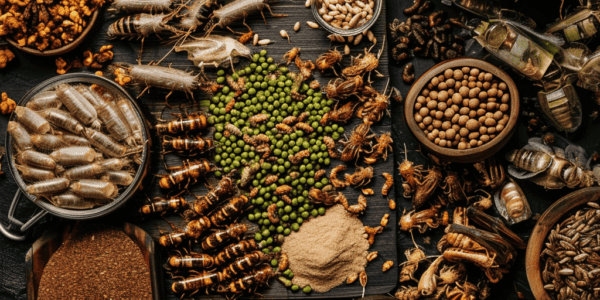Rare Whitefly Fossils Discovered in New Zealand Reveal Ancient Forest Ecosystems
Discoveries of rare whitefly fossils in New Zealand provide crucial insights into ancient forest ecosystems. Found in Miocene-age sediments, these exceptionally preserved fossils reveal complex ecological dynamics and expand our understanding of insect diversity in the region. This groundbreaking research highlights the importance of paleontological studies in uncovering the history of life on Earth.
Groundbreaking Research Unveils Secrets of Red Milkweed Beetle’s Toxic Diet Adaptation
Recent research led by Rich Adams reveals groundbreaking insights into the red milkweed beetle, Tetraopes tetrophthalmus, and its unique adaptation to toxic milkweed plants. By sequencing the beetle’s genome, scientists uncover how it thrives on a lethal food source, showcasing the intricate co-evolution between insects and plants. This study enhances our understanding of biodiversity and may impact agriculture and pest management.
Insecticide Bed Nets Linked to Resurgence of Household Pests, Study Finds
Recent research from North Carolina State University reveals that insecticide-treated bed nets, while effective in reducing malaria transmission, have unintentionally led to a resurgence of household pests like bed bugs and cockroaches. As these pests develop resistance to insecticides, communities face increased malaria rates and growing distrust in pest control methods. This study highlights the complex relationship between pest management and public health, emphasizing the need for innovative solutions to address both malaria prevention and household pest issues.
Deadly ‘Kissing Bugs’ Found in Delaware for the First Time
Scientists in Delaware have made a concerning discovery as ‘kissing bugs’ carrying a deadly parasite have been found in the state for the first time. These insects, known for transmitting Chagas disease, have raised alarm among researchers. The discovery of Triatoma sanguisuga bugs carrying the parasite Trypanosoma cruzi in New Castle County highlights the need for vigilance and further research to prevent potential health threats.
Choosing the Right Mosquito Repellent: What You Need to Know
Learn about the different types of mosquito repellents available, including DEET, Picaridin, Oil of Lemon Eucalyptus, and Permethrin. Discover how to choose the right repellent based on factors like mosquito activity, outdoor exposure, and personal preferences. Make an informed decision to protect yourself from mosquito bites and enjoy the outdoors this summer.
UMass Amherst Researchers Use AI to Eavesdrop on Insects for Environmental Health Assessment
UMass Amherst researchers are leveraging machine learning to eavesdrop on the insect world, aiming to enhance environmental health assessment. By identifying different insect species through their sounds, researchers hope to gain insights into the shifting populations of insects, which can provide valuable information about the overall health of the environment. The study, recently published in the Journal of Applied Ecology, highlights the increasing significance of machine and deep learning in automated bioacoustics modeling. Laura Figueroa, assistant professor of environmental conservation at UMass Amherst and the senior author of the paper, emphasizes the crucial role of insects in ecosystems and the challenges in monitoring their populations. With the rise of environmental stressors and drastic changes in insect populations, traditional sampling methods are proving to be insufficient. The collaboration between ecologists and machine-learning experts is seen as a promising approach to fully unlock the potential of AI in identifying and monitoring insect populations. The potential of AI in environmental health assessment is evident, offering a non-invasive and efficient alternative to traditional entomological methods. As Figueroa points out, the ability to differentiate insect sounds and train AI models to identify species based on their unique sounds opens up new possibilities for understanding and safeguarding insect populations in the face of environmental challenges.
Protecting Yourself from Mosquitos
Learn how to protect your garden from mosquitoes and prevent mosquito-borne diseases. Tips include eliminating standing water, using BTI, gardening with certain flowers, using insect repellants, and using fans to keep mosquitoes away.
Hummingbird Hawk-Moth: The Bird-Like Insect with a Giant Sucking Mouthpart
Learn about the fascinating hummingbird hawk-moth, a bird-like insect with a giant sucking mouthpart that hovers and feeds on nectar from flowers. Find out how its vision and proboscis are used to extract nectar and how it resembles a hummingbird in its appearance and behavior.
New Insights into Nocturnal Insects’ Attraction to Light
Slow-motion videos collected and analysed by Imperial College London researchers give us new insights into why nocturnal insects gather around light. A Bug’s Life fans might remember the unfortunate trance-like state of a mosquito, who, despite calls to ‘not look…
Insect Products For Food Market Experiencing Significant Growth and Innovation
The Insect Products For Food market is experiencing significant growth and innovation, making it one of the leading markets globally. A recent market report provides in-depth insights into the industry, including data on exports and imports, as well as current…

